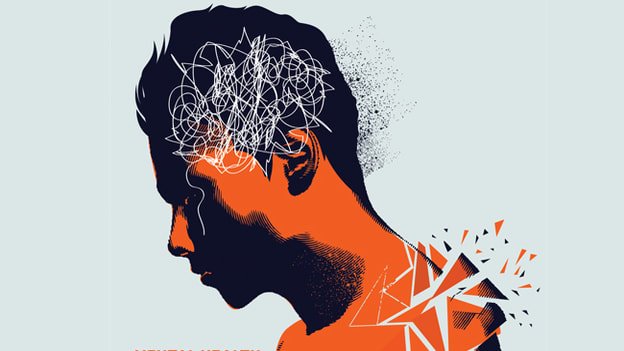Men’s Mental Health in Movies vs. Reality — And How We Can Do Better
Cinema has the power to shape how we think, feel, and talk about mental health. For many, films are their first exposure to what depression, anxiety, or trauma might “look” like. But when it comes to men’s mental health, the depiction is often filtered through outdated stereotypes, silence, or dramatized extremes. This gap between reel and real can be harmful — not just because of what’s shown, but because of what’s missing.
The Problem With How Movies Show Men’s Mental Health
In many mainstream films, men are either portrayed as emotionally invincible or completely broken. They’re often cast as stoic heroes, lone wolves, or ticking time bombs. When mental health is addressed, it’s usually tied to violence, addiction, or breakdowns. While these narratives might reflect a slice of reality, they rarely show the full picture — especially the quiet, hidden struggles so many men face.
Think of films like Joker, where mental illness is associated with violence and instability. Or Silver Linings Playbook, where the male lead’s bipolar disorder is portrayed mainly through erratic and volatile behavior. While these stories may raise awareness, they can also reinforce the idea that mental health issues in men are dangerous or abnormal — rather than common and human.
What’s often missing is emotional nuance. Rarely do we see men in therapy processing childhood trauma, or male friendships built on vulnerability and openness. Crying, asking for help, or talking about one’s mental health is still considered “unmanly” in many movie scripts — just as it is in society.

What It’s Actually Like
In reality, men’s mental health often shows up silently. Men may mask their depression with workaholism, irritability, or substance use. They might not cry, but instead withdraw, lash out, or appear “fine.” Because of societal conditioning — “be tough,” “man up,” “don’t be weak” — many men never learn the language to describe what they’re going through.
This stigma leads to alarming consequences. Men are less likely to seek help, more likely to die by suicide, and often go undiagnosed. Their struggles don’t always look like what the movies portray — they’re often quiet, chronic, and invisible.
So What Can We Do?
Change the Script — Literally and Culturally: We need more films that portray men as complex emotional beings. Show them in therapy. Show male friendships that aren’t only about sports or jokes, but real conversations. Show softness, fear, healing
Talk About It Openly: Break the silence in everyday life. Normalize asking your male friends how they’re reallydoing. Encourage emotional expression without shame.
Challenge Stereotypes: Call out casual phrases like “man up” or “boys don’t cry.” These sayings, though normalized, do real damage by reinforcing emotional suppression.
Support Mental Health Access: Advocate for affordable, stigma-free mental health resources — especially ones that cater to men and their unique needs.
Educate Young Boys:Start early. Teach boys that emotions aren’t weaknesses. Equip them with tools to understand and express what they feel — not just with
anger or silence.
Men’s mental health deserves better — on screen and off. When we rewrite the narrative with truth, empathy, and care, we not only support the men in our lives, but create a culture where no one has to suffer in silence.
Found this helpful? Subscribe below for more


